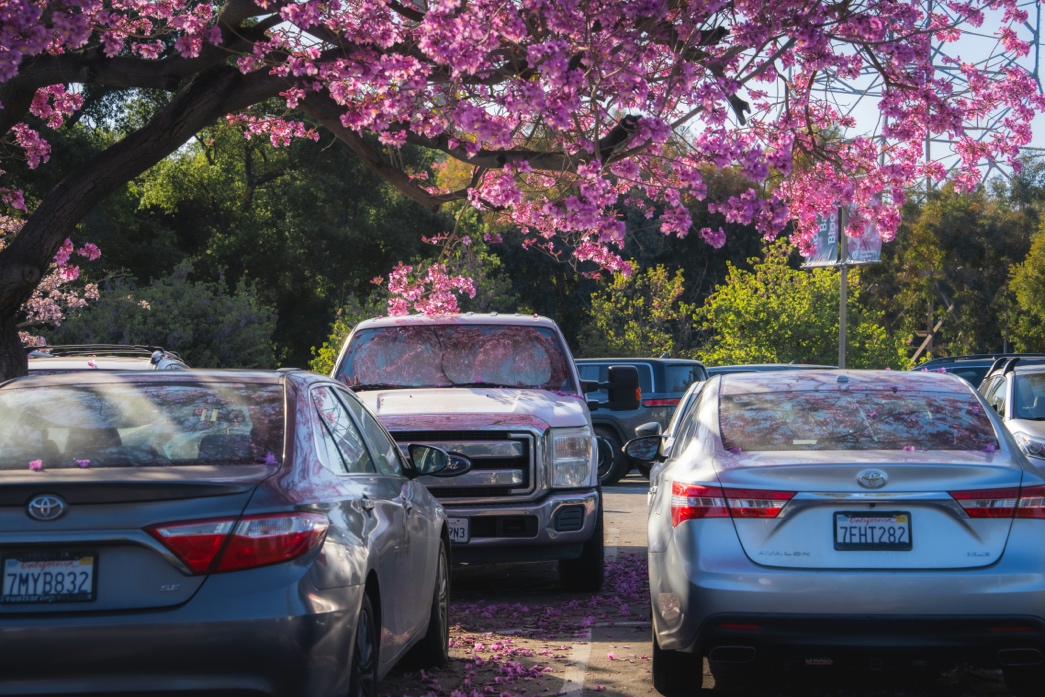Spring is the time of year when everything slowly comes back to life, from the flowers blooming anew to the longer hours of daylight. It’s a transition season from the harshness of winter to the warmth of summer – and it’s a time when so-called snowbirds return home after relocating south for the winter months.
While this routine has been popular amongst retirees for years, it’s also becoming more widespread with younger generations as a result of the gig economy and the rise of freelancing.
Relocating during spring requires lots of logistics, from moving your belongings, transporting your car, and even planning how to maintain your garden. Being proactive and considering how to manage your vehicle and car when relocating in the spring can make your cross-country move feel more seamless.
If you’re planning a seasonal move, using a snowbird auto transport service can streamline your planning with door-to-door pickup and delivery, giving you more time to prepare your garden and avoid a cross-country road trip.
Essential Tips for Safely Relocating Garden Plants During Spring Moves
If you have a green thumb or love to spend your time outdoors, your garden will be an important part of your lifestyle. Whether you grow your own fruit or have plants you care for every year, you can still care for garden plants even when relocating in winter and spring.
Spring is an ideal time to uproot plants, as the roots are active, but it can still be risky, as stress can stall their growth. However, you can safely relocate your garden plants back home in spring by being proactive. Start by moving your plants into lightweight pots for easier transport and water them one or two days before transporting them, avoiding watering immediately before.
You’ll also want to trim any dead foliage and stabilize the stems in their new pots. Using a burlap to wrap the roots of larger shrubs can help prevent soil collapse. Depending on the distance of your spring move, you may want to use breathable transport sleeves or greenhouse bags.
While it’s easy to get distracted by your plants, it’s also worth considering how you can care for your car during your move. It will also require some extra preparation before your move, and arranging snowbird auto transport can keep your vehicle protected and reduce its wear-and-tear by avoiding the need for a cross-country road trip.
How to Prepare Your Vehicle for Snowbird Auto Transport in the Spring

Winter can be hard on your car, even if you’re spending the season in a warmer climate like Florida or Texas. It’s always best to take the time to prepare your vehicle in advance, whether you’re using a snowbird auto transport service or driving your car back home.
Check your car for any potential cold-weather damage, including worn wipers, rust to the undercarriage, and battery strain. Wash the exterior of your car and remove your personal items if you’re using a car transportation company to streamline your spring move. Always make sure to photograph the interior and exterior of your car before it’s picked up by your chosen transport service.
Moving your car in spring can present different challenges than during your winter relocation. Rain is more frequent, and you’re more likely to deal with weather changes, including pollen build-up and temperature fluctuations. You can avoid this added stress by using snowbird auto transport to move your car and flying back home instead of making a multi-day road trip. This option is ideal if you have an older car or one with high mileage, as it can also help avoid added wear and tear.
Once your vehicle planning is confirmed, you can start thinking about how to pack in a sustainable way to minimize waste.
Sustainable Packing Solutions for Garden and Vehicle Relocation
Packing your plants and garden essentials can take time and extra supplies. If you’re trying to be more sustainable, there are various ways you can use eco-friendly packaging when relocating your garden during springtime.
You can reuse plastic nursery pots for moving your plants, instead of buying new carriers, and it’s easy to line your moving boxes with biodegradable packing peanuts or garden clippings. If you have old blankets or towels, you can wrap them around your larger pots instead of buying new wraps. Wooden crates are also a great option if you have delicate plants, and they’re easy to reuse once you arrive home.
If you’re using a reliable auto transport company, they’ll ensure your vehicle stays protected throughout its journey. Alternatively, if you’re driving your vehicle back home, you can use old sheets for extra interior protection and store emergency items, including jumper cables and a tire inflator, in a reusable tote that’s easy to access.
Sustainable packing solutions are a great way to make your spring move more affordable and organized. Snowbird auto transport can make it even more streamlined, with most auto transport companies charging by vehicle type and distance to give you a personalized quote.
Common Mistakes to Avoid When Moving Gardens and Cars in Spring

Relocating your garden and moving your car back home in spring can be stressful – and mistakes happen, even with lots of advance planning. Common mistakes to avoid include moving your plants during the peak midday sun, instead of doing it during the cooler temperatures in the morning or evening. Watering your plants before loading them for transport is another common mistake, as it can lead to mold or root rot.
There are other mistakes to avoid when moving your car, including forgetting to check your tire pressure, and not confirming your vehicle pickup window. Avoiding these common mistakes can ensure your vehicle and garden are ready to head back north at the start of spring for a stress-free relocation.
Seasonal Maintenance Checklist for Gardens and Automobiles Before Relocation
After you book your snowbird auto transport, it’s important to properly prepare for your spring move. Below is a short seasonal maintenance checklist to streamline your move and avoid any potential hiccups.
- Ensure your fuel level aligns with the requirements of your transport company. Most require at least ¼ of a tank.
- Test the lights, brakes, and fluid levels of your car before it’s picked up.
- Confirm your car’s drop-off information with your snowbird auto transport company.
- Before securely packing your plants away, look for any signs of common spring pests.
- Pack a small bag of gardening essentials, including gloves and a trowel, so you can relocate your plants as soon as you arrive home.
- Repair any winter damage in your garden as soon as you’re back home to protect your plants.
- Before replanting in your new home, refresh the soil with compost.
Being proactive is the key to keeping your garden and car safe during a spring move. Get a quote from a reputable snowbird auto transport company to start organizing your spring relocation and use the advice above to make your move as stress-free as possible.













